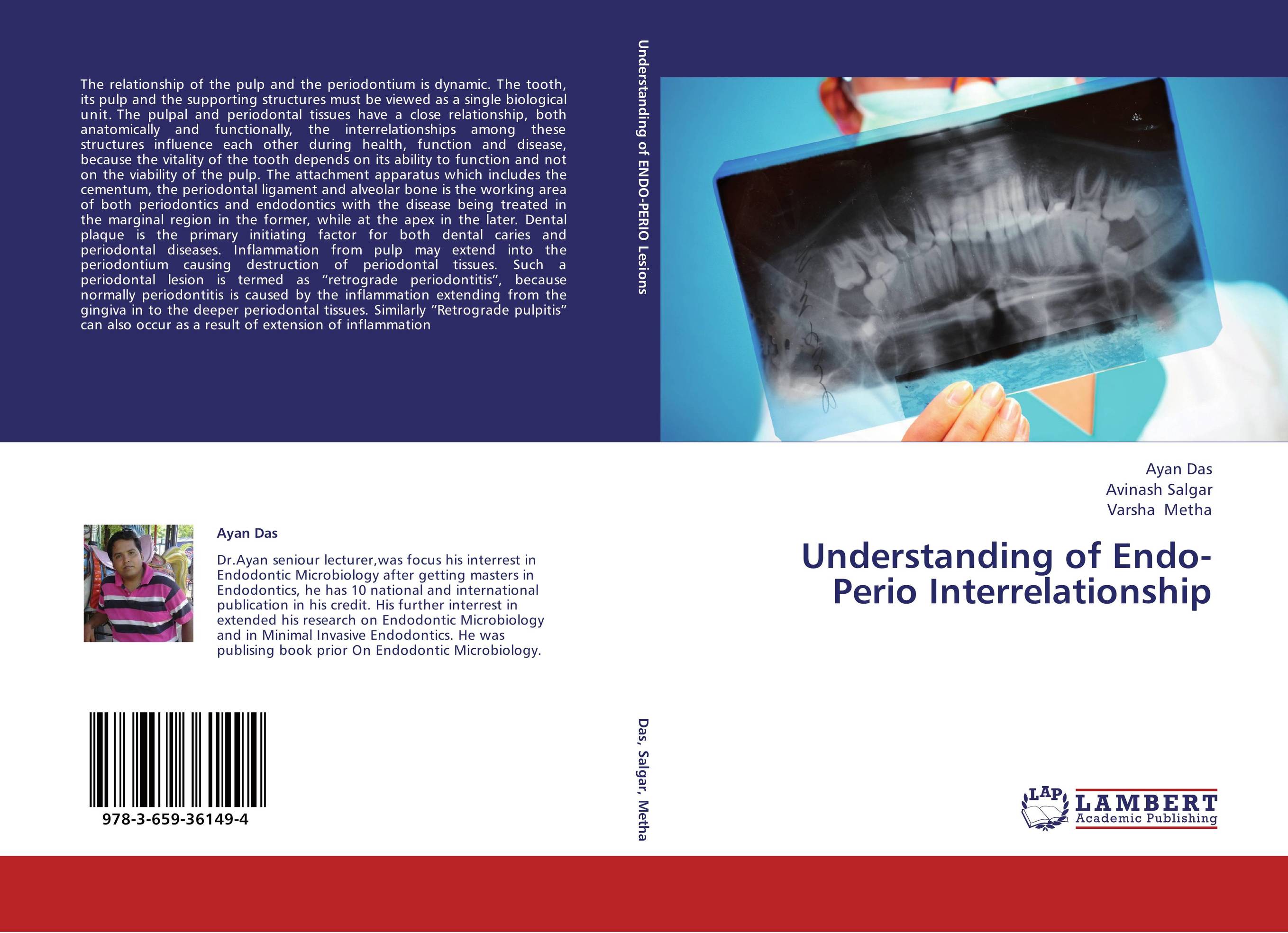| Поиск по каталогу |
|
(строгое соответствие)
|
- Профессиональная
- Научно-популярная
- Художественная
- Публицистика
- Детская
- Искусство
- Хобби, семья, дом
- Спорт
- Путеводители
- Блокноты, тетради, открытки
Understanding of Endo-Perio Interrelationship.

В наличии
| Местонахождение: Алматы | Состояние экземпляра: новый |

Бумажная
версия
версия
Автор: Ayan Das,Avinash Salgar and Varsha Metha
ISBN: 9783659361494
Год издания: 2013
Формат книги: 60×90/16 (145×215 мм)
Количество страниц: 128
Издательство: LAP LAMBERT Academic Publishing
Цена: 35851 тг
Положить в корзину
| Способы доставки в город Алматы * комплектация (срок до отгрузки) не более 2 рабочих дней |
| Самовывоз из города Алматы (пункты самовывоза партнёра CDEK) |
| Курьерская доставка CDEK из города Москва |
| Доставка Почтой России из города Москва |
Аннотация: The relationship of the pulp and the periodontium is dynamic. The tooth, its pulp and the supporting structures must be viewed as a single biological unit. The pulpal and periodontal tissues have a close relationship, both anatomically and functionally, the interrelationships among these structures influence each other during health, function and disease, because the vitality of the tooth depends on its ability to function and not on the viability of the pulp. The attachment apparatus which includes the cementum, the periodontal ligament and alveolar bone is the working area of both periodontics and endodontics with the disease being treated in the marginal region in the former, while at the apex in the later. Dental plaque is the primary initiating factor for both dental caries and periodontal diseases. Inflammation from pulp may extend into the periodontium causing destruction of periodontal tissues. Such a periodontal lesion is termed as “retrograde periodontitis”, because normally periodontitis is caused by the inflammation extending from the gingiva in to the deeper periodontal tissues. Similarly “Retrograde pulpitis” can also occur as a result of extension of inflammation
Ключевые слова: Endodontic Pathogens, Lateral Canal, Acessory Canals, Periodontal Pathogens



